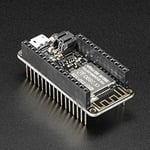Arduino is the microcontroller platform of choice for hobbyists and educators. This is in no small part due to the large and supportive community and available resources. Nevertheless, it’s not as though there aren’t other players out there.
Below, we’ve compiled a list of the best Arduino alternatives. They’re all directed at either hobbyists or developers and facilitate microcontroller programming. Most of these boards have variations that are also worth checking out.
Teensy 4.1
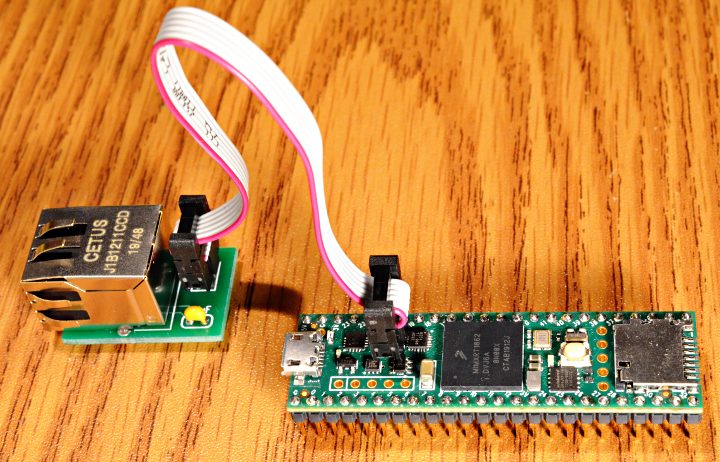
PJRC developed the Teensy family of boards over the past few years. Initially, Teensy promised a bit more power in a smaller form factor, and so far, it has delivered. The latest board, the Teensy 4.1, suffered until recently from supply chain issues, and some boards were produced without the Ethernet feature.
The Teensy 4.1 features an Arm Cortex M7 processor, 55 total inputs, 8-MB flash storage, SD card reader, an Ethernet controller, and many features that are a step up from the already brilliant Teensy 3.6 board. PJRC provides a Teensyduino software add-on for almost complete compatibility with Arduino programs. In this way, Teensy takes advantage of the resources already available, just like some of the other boards we’ll look at.
- Specs: 600-MHz Cortex M7, 1024-kB RAM, 8-MB flash storage, 4-kB EEPROM
- Features: Teensyduino for Arduino IDE, SD card reader, Ethernet ready
- Price: ~$32
Seeed Studio XIAO SAMD21

The smallest member of the Seeeduino family, the Seeed Studio XIAO SAMD21 is a compact and powerful microcontroller that stands out for its energy efficiency and solid performance. Ideal for wearable devices and compact projects, this little wonder offers quite a few peripherals. Pins 1 to 10 can be used for PWM, and it also has an I2C interface, which can get you through a lot of projects. There’s also a UART port and an SPI port.
It comes with detailed documentation, and has a Type-C interface for power and code download. Additionally, the microcontroller supports Arduino, MicroPython, and CircuitPython development, making it easy to get started with electronics.
A nice alternative for smaller projects on a budget, the SAMD21 is an affordable and compact board with a lot to offer. It also has a small yet active community and a Discord.
- Specs: 48-MHz SAMD21 Cortex-M0+, 256-kB flash, 32-kB SRAM
- Features: 14 GPIO pins, 10 PWM, 11 analog, and 11 digital pins, DAC output pin, SWD bonding pad interface, I2C, SPI, and UART communication
- Price: ~$6
Esp8266 DevKitC
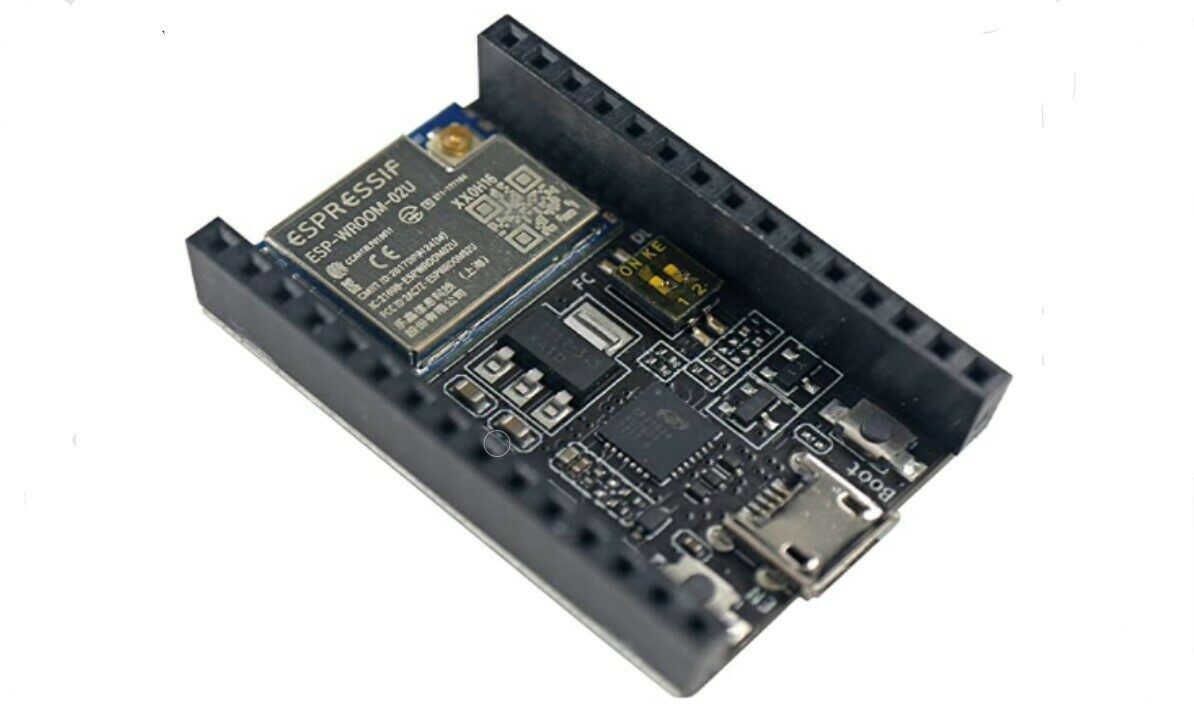
This little and very affordable microcontroller is an Esp8266-based development board produced by Espressif. It features an external antenna connector and female pin headers for all its GPIOs along the edge of this small board. Supported in the Arduino IDE, Esp8266-based boards offer a great alternative to an Arduino board, thanks to their low price and many features.
Built-in Wi-Fi connectivity and frugal power consumption (less than 20 μA) is particularly useful for the development of IoT projects or wearables. Should the maker decide to venture further away from the Arduino IDE, Espressif offers good support, including many datasheets and guides.
- Specs: 160-MHz single-core 32-bit LX6 microprocessor, 2-MB flash memory
- Features: Less than 20-μA sleep current, USB to UART bridge, 2.4-GHz Wi-Fi, 30 GPIOs
- Price: ~$8
MaixDuino Development Board
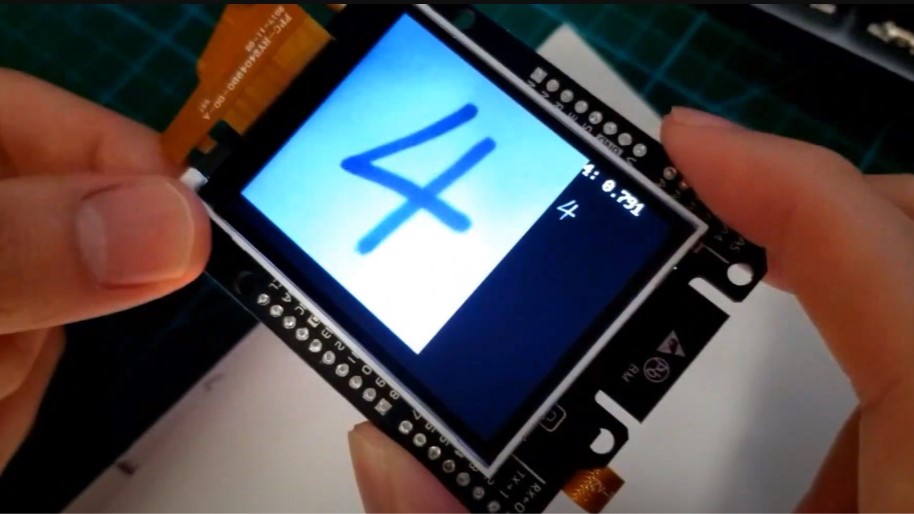
The MaixDuino Development Board is an Arduino-compatible device known for its versatility and ease of use. Powered by the Kendryte K210 controller, it integrates an impressive array of features, including a camera, TF card slot, user buttons, TFT display, and a MaixDuino expansion interface. This makes it an excellent choice for creating a facial recognition access control system or an AI learning development board.
The development board is equipped with essential peripherals, such as FPIOA, UART, GPIO, SPI, I2C, and I2S, ensuring compatibility with various devices. Its compact size of 60 x 88 mm and low operating voltage make it a practical choice for diverse applications. In addition, the MaixDuino supports multiple operating systems and development environments, such as FreeRTOS and MaixPy IDE, providing flexibility for users comfortable with languages like C, C++, and MicroPython.
- Specs: RISC-V dual core 64-bit with FPU, built-in 8-MB SRAM
- Features: 2.4-Ghz Wi-Fi, dual-mode Bluetooth (BT & BLE 4.2), KPU processor unit, RGB LED, MEMS microphone, USB Type-C interface, DVP camera interface with 24 pins, LCD interface with 24 pins, MicroSD card slot, PCB antenna, audio interface (supports three external speakers), as well as peripherals such as FPIOA, UART, GPIO, SPI, I2C, and I2S
- Price: ~$31
BBC Micro:bit V2
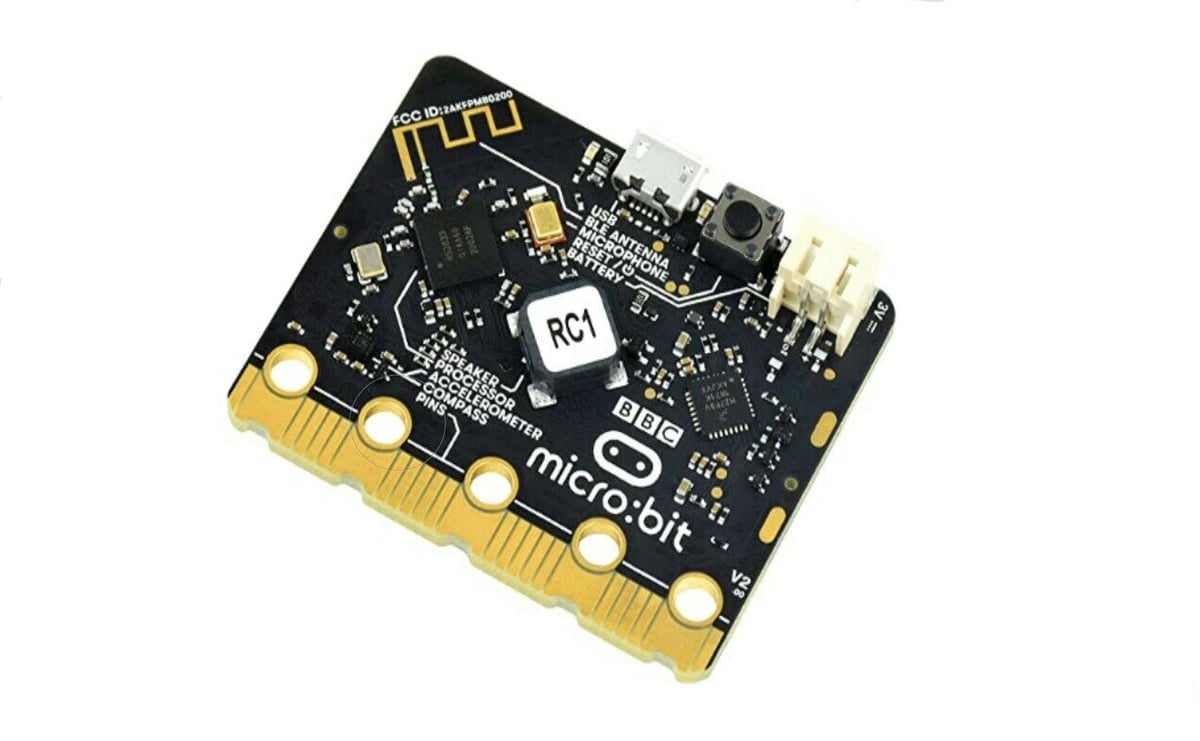
The BBC Micro:bit V1 has been around since 2015 and was created with a similar idea in mind as the Arduino creators: to make computing and programming accessible, especially in the educational sector. It’s now in its second version with many additional features, including an onboard microphone and loudspeaker, an on/off switch, 25 GPIOs, an onboard LED matrix, onboard touch sensor, plus all the features from version 1.
It also packs some processing power with an ARM Cortex-M4 processor, 512-kB flash memory, and 128-kB RAM. Connectivity in the form of upgraded 2.4-GHz Wi-Fi and Bluetooth 5.0 with BLE provides even more options to create low-energy wearable devices.
On Micro:bit’s website, budding programmers can find nice tutorials and loads of support. This board is a great Arduino alternative for several reasons. Apart from the fact that it’s open source, it offers programming in several languages: C++, Python, Scratch, and MakeCode. It’s an exciting proposition for children of all ages.
- Specs: 64-MHz Arm Cortex-M4 processor, 512-kB flash memory, 128-kB RAM
- Features: 2.4-GHz Wi-Fi, Bluetooth 5.0 with BLE, onboard led matrix, touch sensors, on/off switch
- Price: ~$28
Lilygo T-Display S3
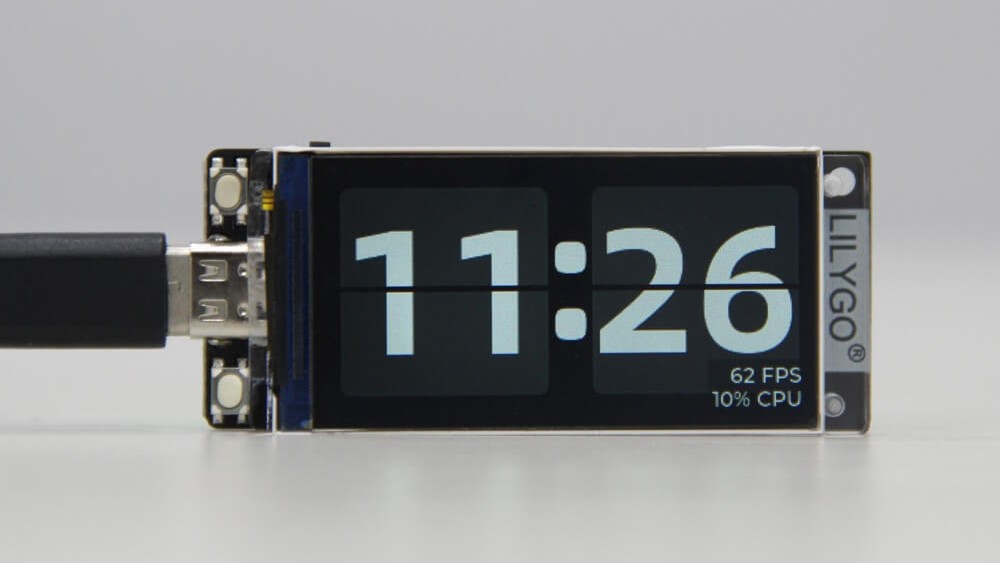
The Lilygo T-Display S3 is a development board featuring the ESP32-S3 chip and a 1.9-inch color LCD touchscreen. It maintains the same layout as Lilygo’s T-Display, just with a slightly larger screen. You can use the ESP32-S3 for USB communication or programming.
Available in soldered and solderless versions, the S3 also has MIDI expansion boards available for use, enabling simulated sound playback when connected to headphones or a stereo system. It’s compatible with programming platforms like Arduino IDE and MicroPython, while the four JST-SH 1-mm pins and two JST-GH 1.25-mm pins expand support and connection options.
Customer reviews highlight the effectiveness of the T-Display S3. If you’re looking for an affordable and versatile development board, this could be an ideal choice for various projects, including car dashboard panels, games, and displays.
- Specs: ESP32-S3R8 dual-core LX7 microprocessor, 16-MB Flash, 8-MB PSRAM
- Features: 1.9-inch full-color TFT display, Wi-Fi 802.11, BLE 5, Micro-USB Type-C, as well as boot, reset, and IO14 buttons
- Price: ~$22
SparkFun Thing Plus
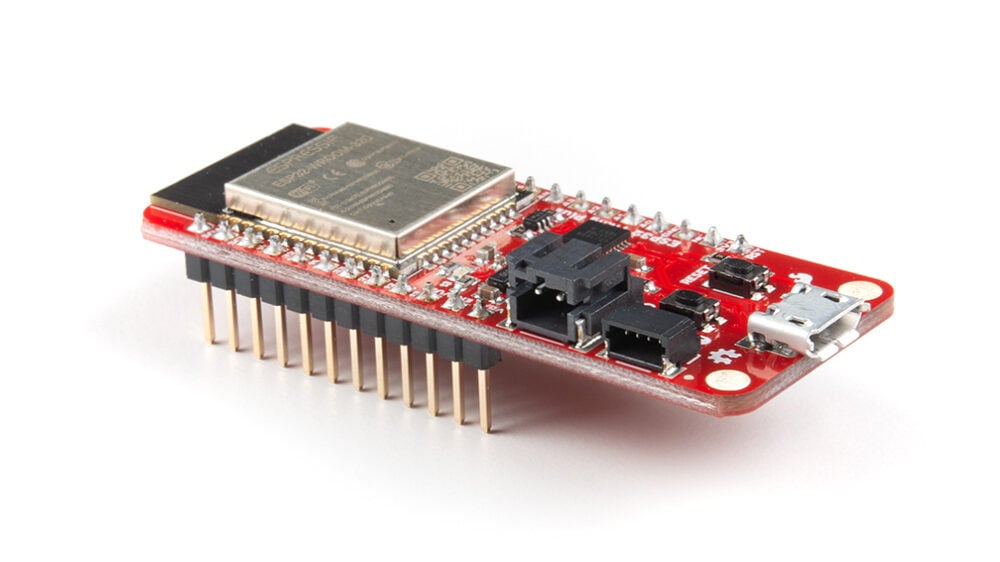
SparkFun took the Esp32 and made this… Thing. Thing as in the Internet of Things thing. The Esp32 is certainly a great choice for their IoT board. It comes with Wi-Fi, Bluetooth, and built-in Bluetooth Low Energy. They even added a LiPo connection to complement its wireless nature.
The Thing Plus also flashes some impressive specs and a nice suite of sensors. Of course, a good Arduino alternative wouldn’t feel right without an easy way to program, and what could be easier than having the Thing Plus compatible with the Arduino IDE?
- Specs: 240 MHz, 520-kB SRAM, 16-MB flash storage
- Features: Wi-Fi, Bluetooth, BLE, LiPo charger, Hall-effect sensor, capacitive touch sensor, temperature sensor
- Price: ~$35
Esp32 DevKitC-VIE
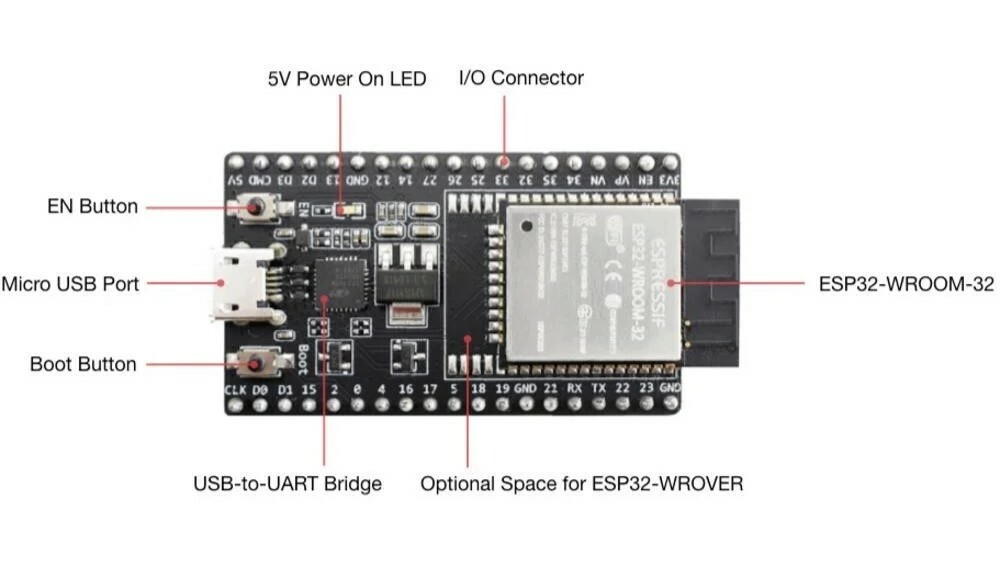
Esp32 DevKitC-VIE from Espressif offers a large step up from the Esp8266-based platforms in terms of power and connectivity. It’s suitable for a wide variety of applications ranging from low-power sensor networks to demanding tasks such as voice encoding, music streaming, and MP3 decoding. With a low sleep current of less than 5 µA, it’s ideal for wearables.
The module features a chip with two CPU cores that can be individually controlled, and the CPU clock frequency is adjustable from 80 MHz to 240 MHz. A low-power co-processor is also onboard, which allows tasks like monitoring peripherals. Speaking of peripherals, the Esp32 module features capacitive touch sensors, Hall sensors, an SD card interface, Ethernet, high-speed SPI, UART, I²S, and I²C, as well as 38 GPIO pins – which makes this a very versatile option. Its connectivity options – Wi-Fi, Bluetooth, and Bluetooth Low Energy (BLE) – open up a range of applications.
This development board packs a lot of power, and the sky is the limit with regard to applications. The fact that it can be programmed via the trusty Arduino IDE makes it a viable Arduino alternative. There’s a lot on offer here for little money.
- Specs: Dual-core processor with up to 240 MHz, 8-MB flash memory
- Features: 5-µA current on sleep, 2.4-GHz Wi-Fi, Bluetooth, BLE, USB to UART bridge, 38 GPIOs
- Price: ~$11
Adafruit Feather Huzzah

The Huzzah comes from Adafruit’s Feather line. It’s meant to be a small board capable of being in your next IoT project. It has built-in Wi-Fi, a LiPo charger, and Arduino compatibility. Additionally, as an Esp8266, it can be used with NodeMCU Lua.
You may notice that this board seems like a lesser version of the Thing Plus. That would be because the Esp32 is essentially the successor to the Esp8266. However, this board has been around long enough that it has gained a large community of users. It’s perfect for hobbyists who may want the collective experience of such a community.
- Specs: 80 MHz, 50-kB RAM, 4-MB flash storage
- Features: Wi-Fi, LiPo charger, Arduino compatibility, NodeMCU Lua, nine GPIOs
- Price: ~$15
BeagleBoard PocketBeagle

The PocketBeagle is the smallest of the BeagleBoards. This little guy runs Linux right out of the box and can be programmed through your web browser.
In fact, you might say that this is more of a computer than an Arduino alternative. It’s even featured in our list of the best single-board computers. It appears on this list because it’s meant to be an educational jack-of-all-trades board, and indeed it is.
The Sitara AM3358 ARM Cortex-A8 on the PocketBeagle has two PRUs (programmable real-time units) that are essentially microcontrollers attached to the main processor. These are, per their FAQ, “ideal for predictable low-latency, whereas the ARM processor is good for throughput.”
The PocketBeagle, while more expensive than other options on our list, is the ultimate tiny machine, ideal for small projects that require the resources of a computer.
- Specs: 1-GHz Cortex-A8, 512-MB RAM
- Features: Linux operated, SD connector, 2 PRUs, 72 expansion pins, easily programmable through a browser
- Price: ~$60
SparkFun RedBoard Artemis

The RedBoard Artemis is SparkFun’s improved take on the Arduino Uno. It comes in the same form factor and adds Bluetooth, 24 GPIO, and 21 PWM, while upping the specs significantly.
SparkFun continues to recognize the value of the Arduino platform and has therefore made this board compatible with the Arduino IDE. Additionally, they have exposed the JTAG connector for those more advanced users who want to properly debug their MCU.
This board is also capable of running TensorFlow models, bringing it to the Arduino IDE. An exciting alternative, to say the least.
- Specs: 48 MHz (96 MHz turbo), 384-kB RAM, 1-MB flash storage
- Features: Arduino IDE compatibility, Bluetooth, 24 GPIOs
- Price: ~$22
Seeeduino V4.3
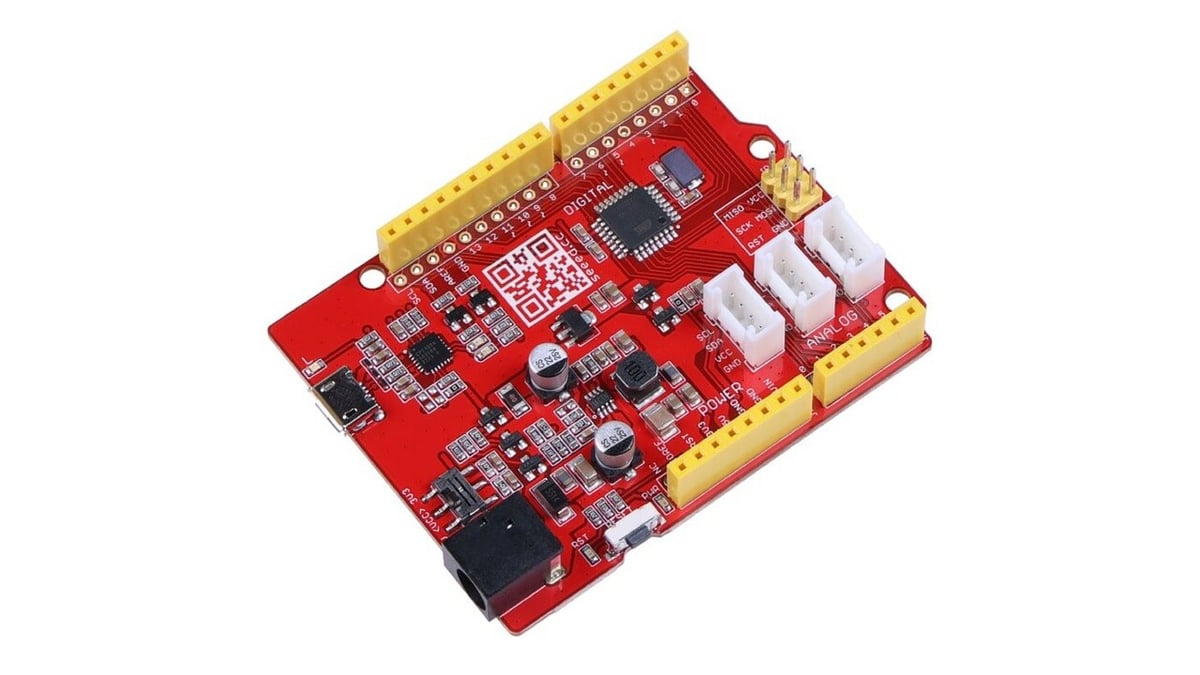
The Seeeduino V4.3 (ATMega328P) is an Arduino-compatible development board that’s an excellent choice for both beginners and experienced users. A notable feature is the ATmega328P microcontroller, which is widely used and supported in the Arduino community. This board is equipped with 14 digital IO pins, 6 PWM outputs, and 6 analog inputs, providing flexibility for different applications.
The inclusion of the Arduino UNO bootloader simplifies the programming process, and the presence of an ATMEGA16U2 as a UART-to-USB converter enhances the board’s functionality. In addition, the embedded Grove connectors make the board compatible with a variety of sensors and modules, facilitating project expansion.
For those new to Arduino, Seeed Studio provides step-by-step example codes to assist in the quick and straightforward initiation of projects. The board is also supported by an active community, with numerous Arduino projects and documentation available. Priced at around $8, the Seeeduino V4.3 stands out as a feature-rich, stable, and user-friendly Arduino-compatible board offering excellent value.
- Specs: ATmega328P microcontroller, 32-kB flash memory, 2-kB RAM, 1-kB EEPROM, clock speed of 16-MHz
- Features: 14 digital I/O pins (6 PWM outputs), 6 analog inputs, ISP header, 3 Grove connectors, Arduino UNO-R3 shield, Micro-USB programming
- Price: ~$8
Wio-E5 Dev Kit
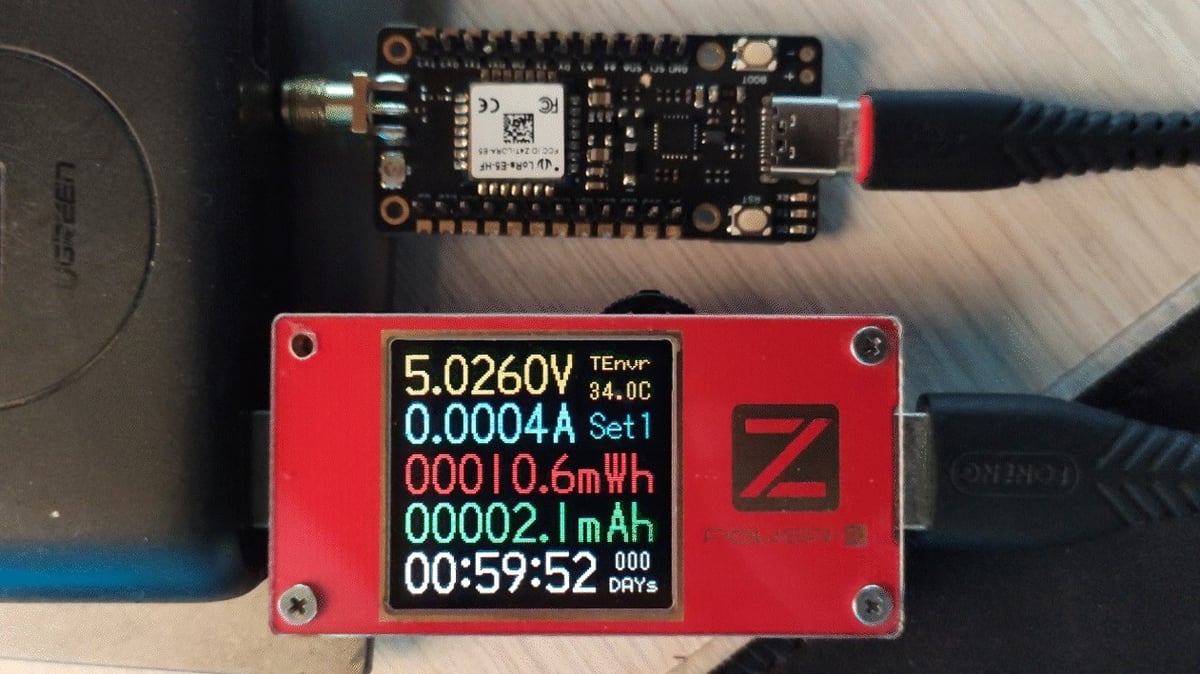
The Wio-E5 Development Kit is a compact and powerful solution for Long Range IoT projects. Composed of the Wio-E5 development board, antenna, USB Type-C cable, and battery holder, this kit enables you to use the Wio-E5 STM32WLE5JC module, which is the first to combine a LoRa RF chip and MCU into a single component certified by FCC and CE.
Equipped with impressive features, the Wio-E5 supports an abundance of access protocols and interfaces, such as RS485, Grove connectors, and rich GPIO pins. It provides a broad transmission range of up to 10 km in open areas. In addition, the Wio-E5 board offers low power consumption in sleep mode (2.1 uA) and can operate in a wide temperature range (-40 ℃ to 85 ℃).
The versatility of this kit facilitates testing and rapid prototyping for IoT projects in various sectors, such as smart agriculture and offices.
- Specs: 32-bit ARM Cortex-M4 CPU
- Features: Long distance 158-dB link budget, ultra-low power consumption, 6 GPIO pins, rich interfaces including RS-485, Grove, and Global LoRaWAN, LED indicators, reset and boot buttons on board
- Price: ~$27
STM32F3 Discovery
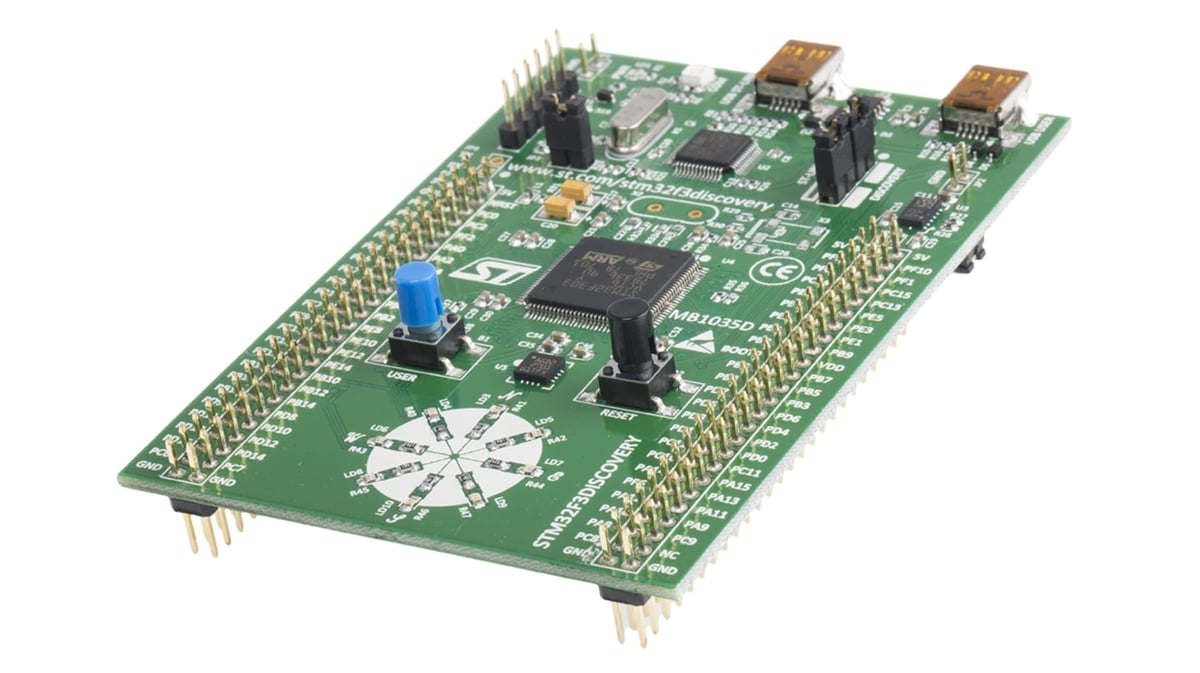
The STM32F3 is just one of the various Discovery boards made by ST worth checking out. This one, however, comes with a 3-axis gyro and accelerometer, 3D magnetic sensor, 10 LEDs, and a few more features.
While this Arduino alternative doesn’t have the compatibility we all know and love, ST does provide software tools to get you going. Currently, their STM32Cube ecosystem includes an initialization code generator and IDE.
This board is for those who want something different and aren’t afraid to dive into ST’s ecosystem.
- Specs: 48-kB RAM, 256-kB flash storage
- Features: 3-axis gyro/accelerometer, 3D magnetic sensor, 10 LEDs, 2 buttons, motion sensor
- Price: ~$17
BB52 Explorer Kit
This affordable board by Silicon Labs may seem odd in this line-up of far more powerful boards, but depending on your needs, it could be a viable alternative for your projects. It features an 8-bit C8051 core with 50 MHz, 32-kB flash memory, 2304 bytes of RAM, 38 breakout pads, and a USB Micro-B port – which is used to connect and power the board. You can connect compatible hardware to the boards via its Qwiic connector as well as its MikroBus socket, which should take most shields from other suppliers such as Adafruit or SparkFun, to name just a few.
It doesn’t work with the Arduino IDE but can be programmed with Silicon Labs’ own software, Simplicity Studio. The good news here is that there’s a lot of support and documentation available, and it may be a safe way to venture away from Arduino while still having a lot of help.
The other good news is that this board is commercially available, unlike its far more powerful bigger brother, the “Wonder Gecko” board.
- Specs: 50-MHz 8-bit C8051 core, 32-kB flash memory, 2304-bytes RAM
- Features: Free Simplicity Studio software, compatibility with common shields, good documentation
- Price: ~$27
Particle Photon 2

Chip shortages during the Covid-19 pandemic disrupted supply chains globally. Particle’s new product range tries to address this and promises the secure supply of certain products, including the anticipated new Photon 2 development board, subject to service level agreements.
According to the Photon 2 datasheet, Particle plans some serious upgrades compared to the first version of the Photon board. New 5-GHz Wi-Fi and a faster 200-MHz ARM Cortex-M23 processor are just the beginning. Twice the amount of RAM, 2-MB flash memory, integrated BLE 5, and onboard 3.7-V LiPo charging are further highlights. There will also be an option to connect an external antenna via the U.FL connector or use the integrated PCB antenna – all of this while containing everything within the Adafruit Feather format.
For those excited to check out the Photon 2, the manufacturer recently issued an update that the board will be available by late January 2024. The first shipments are scheduled for mid-February.
- Specs: 200-MHz ARM Cortex-M23 processor, 2-MB RAM, 2-MB flash memory
- Features: 2.4/5-GHz Wi-Fi, BLE 5.0, LiPo charger, choice of antenna
- Price: ~$18
Bonus: Make Your Own Alternative
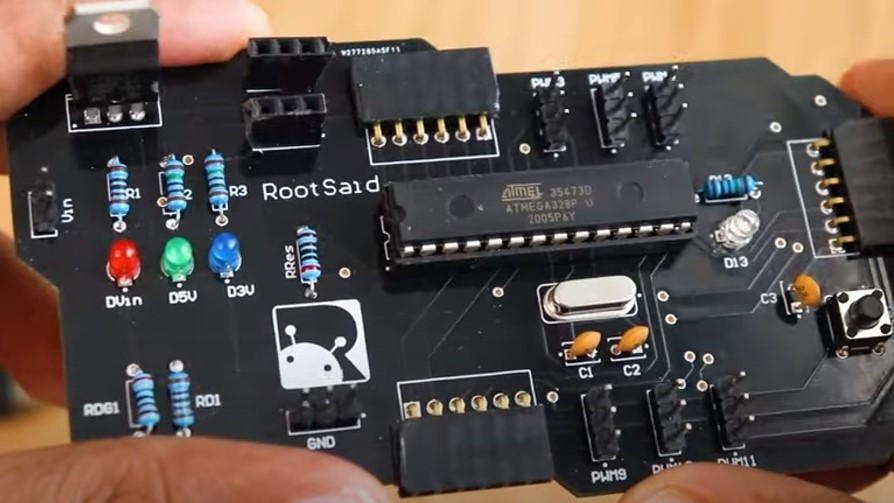
If you haven’t found the perfect alternative yet, there’s always the option to create a completely customized board. This can be helpful for learning and becoming more familiar with the Arduino functionality. There are numerous options and tutorials out there on how to create your own DIY Arduino board, ranging from simple options using universal boards to more complicated replicas closely resembling the original Arduino. Some examples include versions from Being Engineers and Electro BOY.
In one example, Jithin Sanal was inspired to create a DIY Arduino Uno. Despite being an intermediate project, you can easily build this board with a few tools and some dedication. As the ATMega328P chip lacks a protocol for direct communication with a USB interface, a converter module is necessary to facilitate programming. The circuit is powered either through the USB module when connected or through voltage input pins that convert input voltage of up to 32 V into a constant 5 V.
The designer designed this custom board using Altium PCB Designer. You can download a free trial version to try it out and follow the tutorial to practice this skill. To make your own board, you’ll also need a soldering iron and a digital multimeter, as testing and soldering all the components onto the new custom board will be necessary.
- Designer: Jithin Sanal
- Project page: Hackster
- Core components: ATMega328P chip (with Arduino Bootloader), custom PCB, 16-MHz crystal oscillator, capacitors, resistors, LEDs, header pins, FTDI programmer, connecting cables
License: The text of "The Best Arduino Alternatives in 2024" by All3DP is licensed under a Creative Commons Attribution 4.0 International License.
CERTAIN CONTENT THAT APPEARS ON THIS SITE COMES FROM AMAZON. THIS CONTENT IS PROVIDED ‘AS IS’ AND IS SUBJECT TO CHANGE OR REMOVAL AT ANY TIME.








